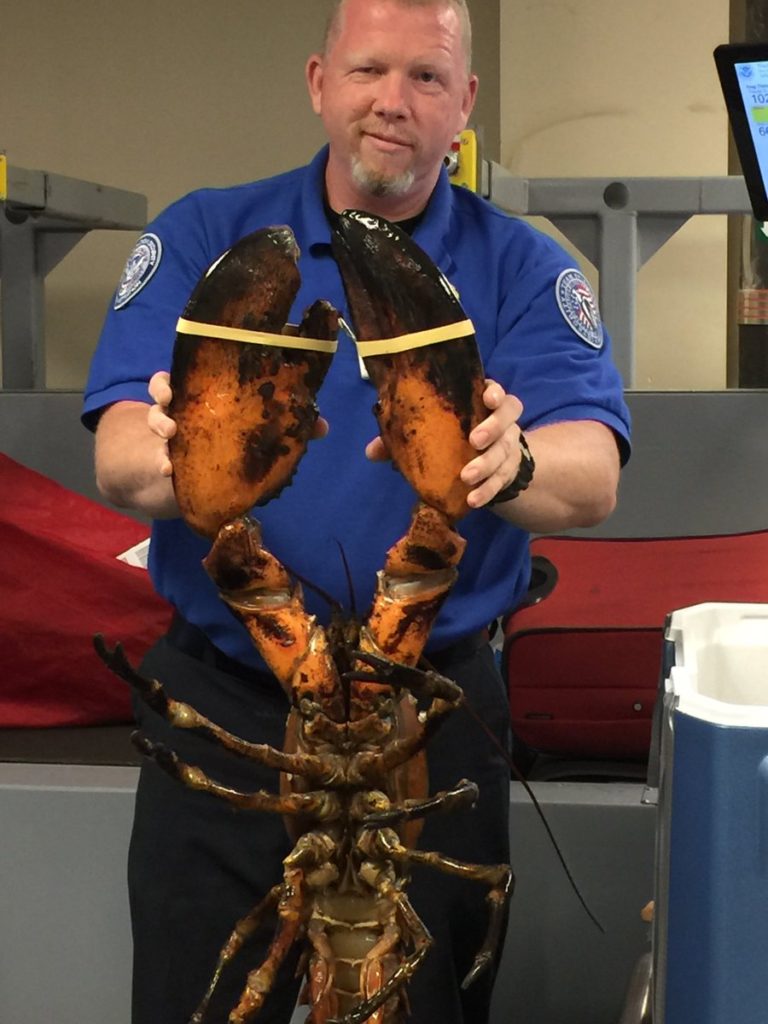Indonesia is home to the largest shark fisheries on earth and being so large, it’s not surprising that the trafficking of sharks and rays in Indonesia is also significant.
The government of Indonesia, its Ministry of Marine Affairs and Fisheries and the Wildlife Conservation Society’s Wildlife Crimes Unit have been working together to launch enforcement action against shark and manta rays traffickers.
Over a one month period between August and September, four traders with sharks and ray products were arrested.
The first arrest, of a trader name Suep, owner of Sido Mampir Seafood, involved a shipment of 50 kg (110 pounds) of gill plates. Of that amount of gill plates, about half, or 19.5 kg (43 pounds) had come from manta rays and 13 kg (29 pounds) taken from marine turtle meat.
Both of those species are protected under Indonesian law.
The second arrest was against a trader name John who was trafficking 53 snouts of the critically endangered species sawfish ray.
The third arrest, a trader name Jnd, recovered 558 kg (1,231 pounds) of manta ray bones and smaller amounts of sea turtle scales, manta gill plates and nautilus shells.
The fourth man arrested, a fisheries trader named Wrm, was caught with selling an entire manta ray weighing 60 kg (132 pounds).
Under Indonesian law, trafficking manta rays and their parts and products is punishable by a maximum fine of USD $25,000; while for sawfish, sea turtles and nautilus, the penalty is a maximum 5 years’ imprisonment and maximum fine of USD $10,000.
Reef (Manta alfredi) and oceanic (Manta birostris) manta rays are large, long-lived, plankton-eating cartilaginous fishes, relatives of sharks.
Oceanic mantas can reach up to 7 meters (23 feet) in length from wing-tip to wing-tip, weigh over 2 tons, and live for at least 20 years. They have very low reproductive rates, giving birth to only one live pup every two years.
A growing tourism trade based upon manta-watching is estimated to be worth $140 million annually, with Indonesia as one of the top-ten destinations.
Manta rays are increasingly targeted for their gill plates, the pre-branchial appendages that filter the plankton on which they feed.
These gill plates are in demand in Chinese markets for use in a health tonic that is not recognized in traditional Chinese medicine (TCM).
One kilo of manta gill plates can fetch $250-$500 in China, and the total trade is worth $30 million annually.
This growing trade is driving dramatic increases in largely unregulated manta fisheries that have depleted or are depleting manta populations.
Both species are listed as Vulnerable on the IUCN Red List of Threatened Species, the global threatened species list.
Since February, Indonesia has banned the hunting and trade of manta rays throughout the total area of the country (6 million square kilometers or 2.3 million square miles).
These arrests are the first law enforcement actions under the new manta protection regulation.
Photo credit: Greenpeace




